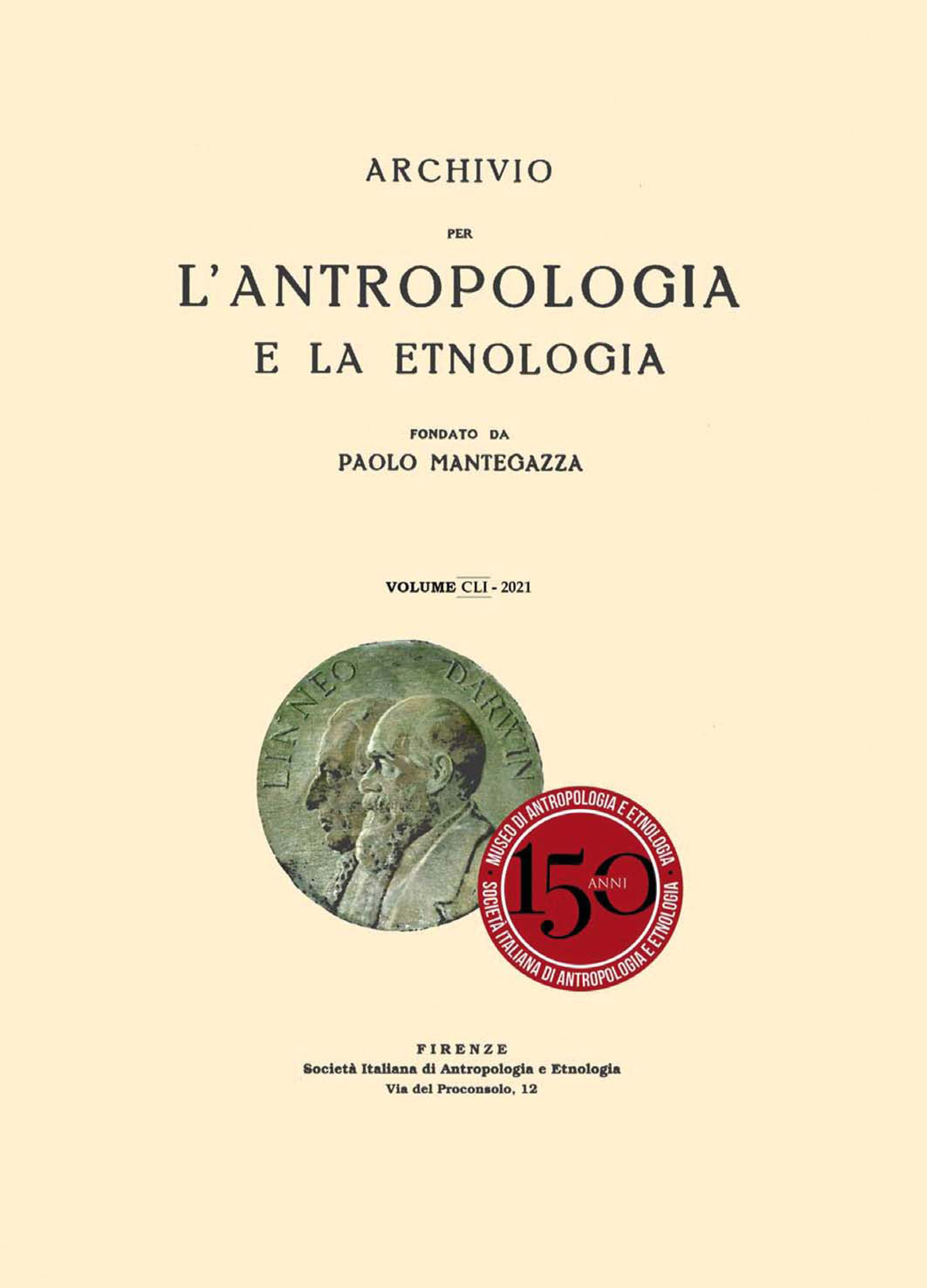The discovery of the Salafia handwritten manuscript and formula. Chronological and biological considerations

Published 2021-12-01
Keywords
- embalming,
- history,
- Alfredo Salafia,
- 19th-20th centuries,
- US Trademark
- modern mummies,
- Rosalia Lombardo ...More
How to Cite
Copyright (c) 2021 Francesco Maria Galassi, Tiziana Lanza, Grazia Mattutino, Luca Sineo, Andreas G. Nerlich, Simon T. Donell, Raffaella Bianucci

This work is licensed under a Creative Commons Attribution 4.0 International License.
Abstract
Alfredo Salafia (1869-1933) was a famous embalmer from Palermo, Sicily. He created an embalming fluid, the «Perfection fluid», which was supposed to leave the corpse perfectly preserved in a «fresh state». Within the remit of the Human Embalming Project© (H.E.P.), we performed referenced historical research on Salafia’s American period. We further identified what appears to be an anomaly in the chronology of the discovery of the Sicilian embalmer’s handwritten memoirs. Until now it has been assumed that the formula was first revealed in 2009. However, Salafia’s unpublished manuscript had previously been described and reported by Professor Umberto Di Cristina (1927-2017) and his colleagues in their book La Dimora delle Anime, published in February 2007. Therefore, they should have the honour of being described as the first to reveal it. We further found that the direct association between the embalming of Rosalia Lombardo (1918-1920) and Alfredo Salafia made by several authors is without documentary and scientific evidence. Fourteen years after its discovery, Alfredo Salafia´s handwritten memoirs are still published only in excerpts but await complete publication. When published, it may allow the scientific community to understand the chemical reactions involved in the preservation of the bodies in a «fresh state» and to replicate Salafia’s experiments in safe laboratory conditions. Recent photographs show that, despite being kept in a highly technological passive display case, the oxidation proceeds at a quick pace and that Rosalia’s face is progressively darkening. Therefore, a reassessment of Rosalia´s body preservation and restoration is strongly desired in order to keep this beautiful mummy in her original state
